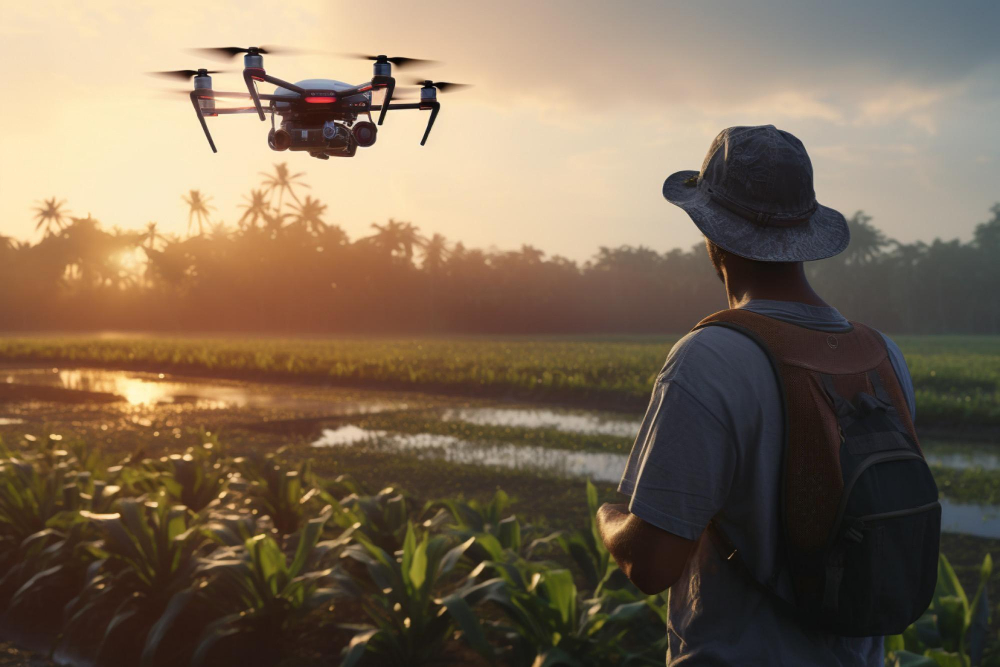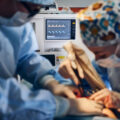In the ever-evolving landscape of modern agriculture, the adoption of agricultural drones has opened new frontiers for farmers, promising heightened efficiency and precision in crop management. These unmanned aerial vehicles (UAVs) equipped with advanced sensors and technology are proving to be transformative tools, but as with any innovation, they come with challenges.
Maximizing Crop Health: Aerial Insights Beyond the Surface
Agricultural drones, armed with state-of-the-art sensors and cameras, offer farmers a unique vantage point to monitor and manage their crops remotely. The ability to swiftly and accurately collect data on crop health and growth is a game-changer. Identifying potential issues such as diseases, pests, or nutrient deficiencies allows farmers to implement timely interventions, safeguarding their harvests and increasing overall productivity.
The integration of multispectral cameras takes this capability a step further, providing a wealth of information about crop health parameters. From vegetation index to chlorophyll content, these cameras offer a comprehensive view that empowers farmers with nuanced insights into the well-being of their crops.

Precision Treatment Application: Targeting Solutions with Pinpoint Accuracy
GPS technology plays a pivotal role in empowering agricultural drones to precisely apply fertilizers, pesticides, and other treatments. Programmed to navigate specific areas of a field, these drones can deliver treatments with pinpoint accuracy, optimizing the efficiency of the entire process. This not only minimizes the risk of over-application, reducing environmental impact, but also enhances cost-effectiveness for farmers.
Precision Agriculture Unleashed: Optimizing Crop Production with Drones
Agricultural drones are at the forefront of the precision agriculture revolution, a movement aimed at leveraging technology to optimize crop production and minimize waste. By creating detailed maps of fields, drones assist in identifying areas requiring extra attention and resources. This data becomes a valuable tool for optimizing planting patterns, refining irrigation strategies, and managing nutrients more effectively. The end result? Increased crop yields and a more sustainable approach to agriculture.
Elevating Food Security: Reducing Reliance on Manual Labor
Beyond the fields, agricultural drones hold the potential to address labor challenges in agriculture. With an aging workforce and a decline in younger individuals entering the field, the use of drones reduces reliance on manual labor. This not only mitigates the risk of human error but also minimizes workplace accidents, contributing to improved overall safety in agricultural operations.
Challenges on the Horizon: Addressing Costs and Regulatory Hurdles
While the promises of agricultural drones are profound, challenges loom on the horizon. The high cost of these devices remains a significant barrier, particularly for small farmers and rural communities. As we navigate towards a future where technology is more accessible, addressing affordability becomes a crucial consideration.
Privacy concerns persist as drones capture images and data, raising questions about the responsible use of this technology. Additionally, regulatory frameworks vary globally, with many countries yet to establish clear rules for the use of drones in agriculture. Harmonizing regulations is essential for the widespread and responsible adoption of this transformative technology.
Looking to the Future: Aerial Perspectives Shaping Agriculture
In conclusion, agricultural drones are not just flying machines; they represent a paradigm shift in the way we approach crop management. As technology evolves and costs decrease, the potential benefits of agricultural drones are likely to extend to farmers worldwide. Navigating through challenges, the agricultural landscape is set to be reshaped by the aerial perspectives offered by these high-tech companions. As we embrace this transformative journey, the skies are the limit for the future of farming.






